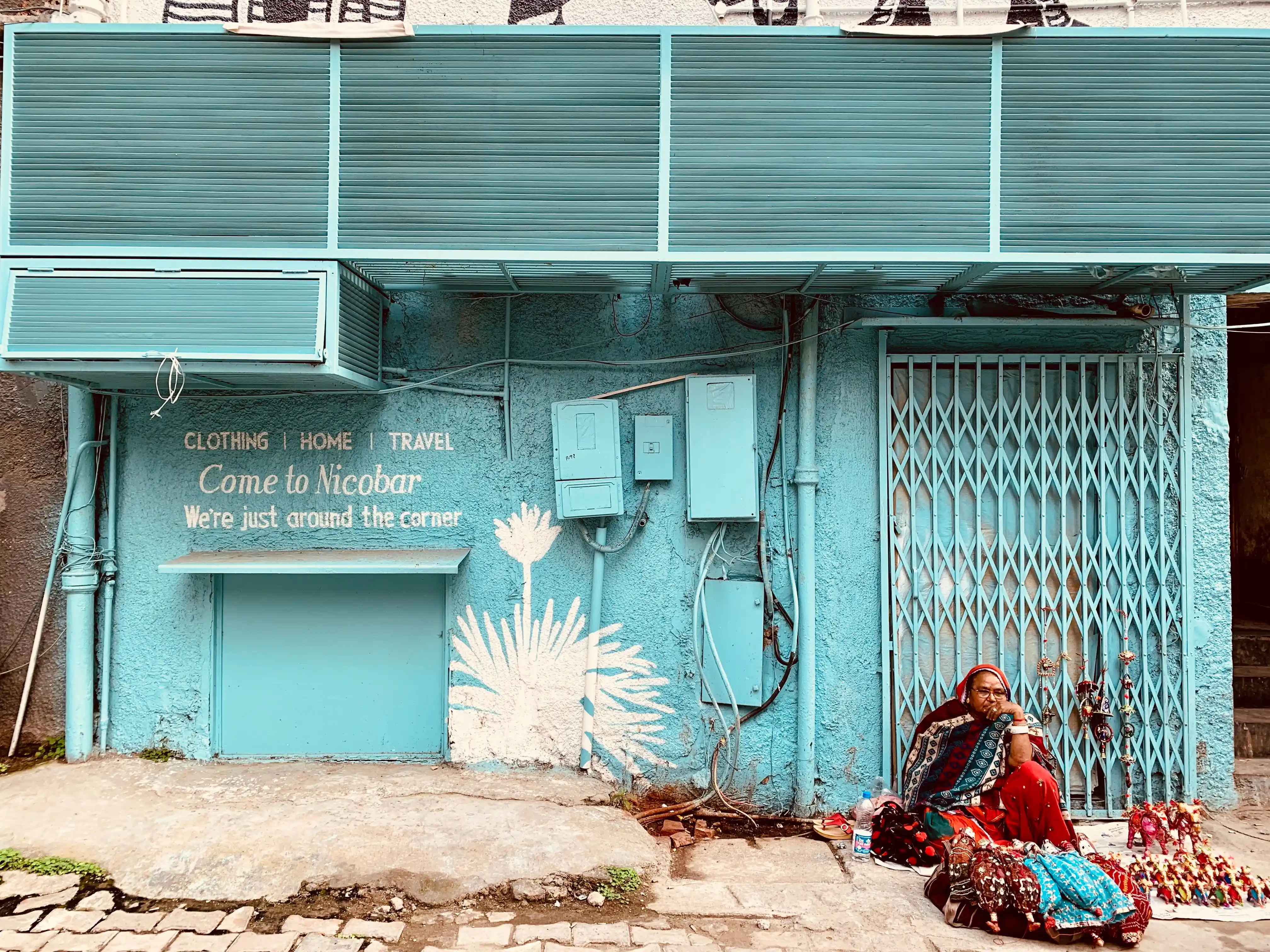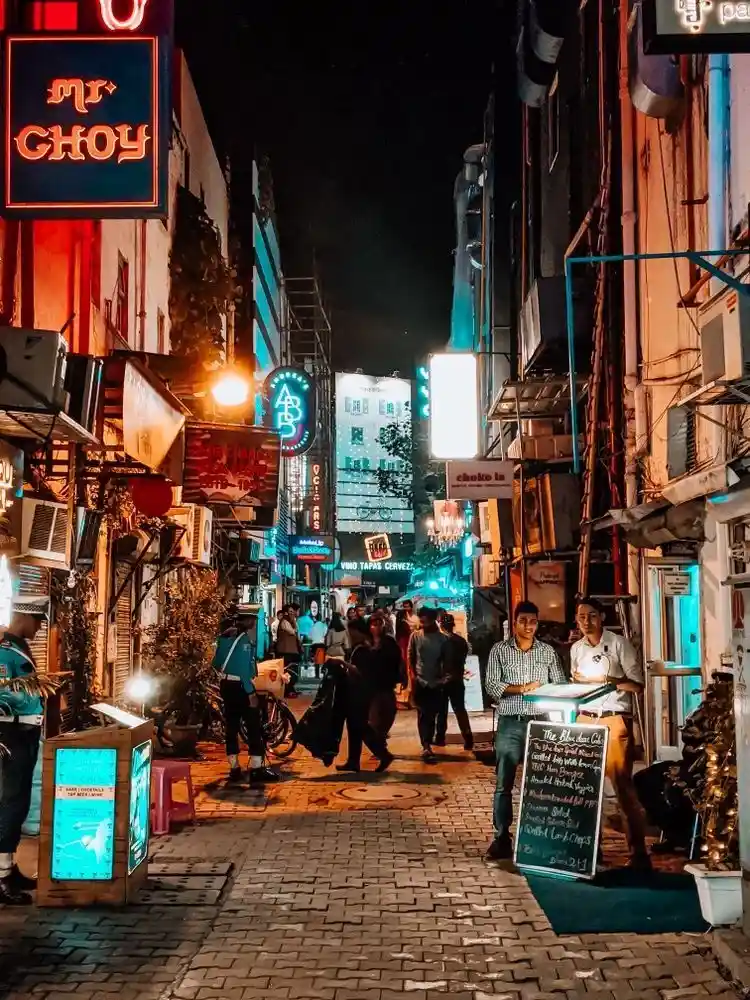AN UNKNOWN TALE OF DELHI’S KHAN MARKET
We all know Khan Market as one of the richest shopping centres in Asia. With generations-old bookshops like Bahri Sons and Faqir Chand, exquisite restaurants and designer showrooms, this U-shaped market used to be a refugee complex.

Nicobar in Khan Market
Delhi, the national capital of India is one of the renowned tourist spots in the world. As one steps into its territory, they are mesmerized by the generation-old eateries of Chandini Chowk, the showcased culture of India at Delhi Haat, the forts and mausoleums dominating Delhi’s landscape. The enumerable shopping complexes offer a variety of options ranging from exquisite pottery to Indian hand-loomed cotton.
The trip to Delhi would be incomplete without visiting Delhi’s attractive and famous Khan Market. This U-shaped shopping arcade attracts visitors from all over the world. With exquisite shopping boutiques of all kinds and a selection of lip-smacking restaurants, one can never miss the everlasting vibe. However, like any other place that encompasses the landscape of Delhi, Khan Market has a unique history that remains an unknown tale.
Named after the freedom fighter during the Independence struggle, Khan Abdul Gaffar Khan, Khan Market was born in 1951. This U-shaped complex was created especially for the Pakistani refugees from the North Western Frontier Province after Partition. The ground floor was to be used as an area for business while the families lived on the first floor. It was believed that such a centre would give these refugees a chance to start a new chapter in their lives.
It initially had 154 shops and 74 flats for the families to reside and start their businesses. The landscape of Khan Market in the 1950s was dominated by sweet shops, grocery shopping, a small tailor or stationery shop. The kids of these residents played in the present-day parking lot and took in the lushness of Central Delhi. Another surprising fact about this area is that today’s shops of the posh location of Khan Market were initially sold to refugees at 51 rupees.
However, during the 2000s, people started to sell their flats on the first floor which led to the beginning of café culture, with a variety of restaurants, offering different cuisines opening up. The 74 refugee families who initially resided in Khan Market have left to live in bigger spaces and, now only three families remain.
The opening up of metro lines and new transport facilities have increased the crowd of the initially quiet Khan Market. People enjoy the walk-through shops, amazing food choices, farm markets and foreign groceries, and the dim lights that elevate the ambience of this precious Khan Market.
Khan Market has become one of the luxurious and splendours of Delhi. Yet, the pandemic broke the spirit of this high-end complex too. The expensive rents and the limited revenue generated during the lockdown led a lot of famous restaurants and shops to lose their age-old places in Khan Market.
Places too revolve like us humans. The face and shape of any area can change with time, developing according to the ongoing process of modernization and rehabilitation. Khan Market has been and continues to be a place where millions of us have fond and cherishable memories. That is one thing that a lot of generations would still relate to even when Khan Market has changed its face.

A Lane in Khan Market. Image Courtesy: Pinterest


